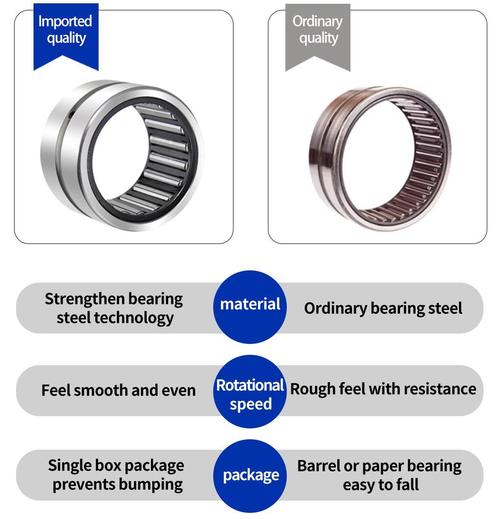Comprehensive Guide to Different Types of Bearings and Their Industrial Applications
Bearings are critical components in machinery, reducing friction between moving parts and enhancing operational efficiency. This article explores various bearing types, their unique designs, and industrial applications, helping you select the optimal solution for your mechanical needs.
1. ball bearing applications2. roller bearing types
3. thrust bearing uses
4. plain bearing materials
5. ceramic bearing advantages
1. Ball Bearing Applications
Ball bearings are among the most common types, utilizing spherical rolling elements to handle radial and axial loads. Their low-friction design makes them ideal for high-speed applications such as electric motors, automotive wheels, and household appliances. The precision-ground balls distribute loads evenly, minimizing wear. Industries like aerospace and robotics rely on hybrid ceramic ball bearings for extreme temperature resistance. Regular lubrication is essential to prevent premature failure in heavy-duty environments.
2. Roller Bearing Types

Roller bearings use cylindrical, tapered, or spherical rollers instead of balls, providing higher load capacity. Cylindrical roller bearings excel in handling heavy radial loads in gearboxes and wind turbines. Tapered roller bearings manage combined loads in vehicle wheel hubs, while spherical roller bearings compensate for shaft misalignment in mining equipment. Needle roller bearings, with their slim profile, are perfect for compact spaces like piston pumps. Material selection ranges from chrome steel to polymer-coated variants for corrosive environments.
3. Thrust Bearing Uses
Thrust bearings specialize in managing axial loads parallel to the shaft. They're crucial in automotive transmissions, helicopter rotor systems, and screw assemblies. Flat thrust washers are used in low-speed applications, while angular contact thrust bearings handle high-speed scenarios. Hydraulic systems employ hydrodynamic thrust bearings for smooth operation under extreme pressure. Proper alignment and lubrication prevent overheating in these critical components.
4. Plain Bearing Materials
Plain bearings (bushings) operate without rolling elements, using sliding surfaces for motion control. Bronze and babbitt metal bushings are standard in slow-moving machinery like bridges. Self-lubricating polymers like PTFE are used in food processing equipment, eliminating contamination risks. Composite materials combining metal backings with porous bronze layers impregnated with lubricants serve in maintenance-free applications. Recent advancements include graphene-enhanced bushings for unprecedented wear resistance.
5. Ceramic Bearing Advantages
Ceramic bearings offer superior performance in extreme conditions. Silicon nitride bearings withstand temperatures up to 800°C, making them perfect for jet engines. Their non-conductive properties prevent electrical arcing in electric vehicles. With 60% less weight than steel bearings, they reduce rotational inertia in precision instruments. Although more expensive, their corrosion resistance and longer lifespan justify the cost in chemical processing plants and marine applications.
Understanding bearing types is crucial for machinery optimization. From high-speed ball bearings to corrosion-resistant ceramic variants, each type addresses specific operational challenges. The following sections delve deeper into material science innovations, maintenance best practices, and cost-benefit analyses for different industrial scenarios. Learn how proper bearing selection can reduce downtime by up to 40% while improving energy efficiency.
This comprehensive guide has examined five major bearing categories and their specialized applications. By matching bearing capabilities to operational demands, engineers can significantly enhance equipment performance and longevity. Always consult technical specifications and consider environmental factors when selecting bearings for your machinery.




 13869596835
13869596835